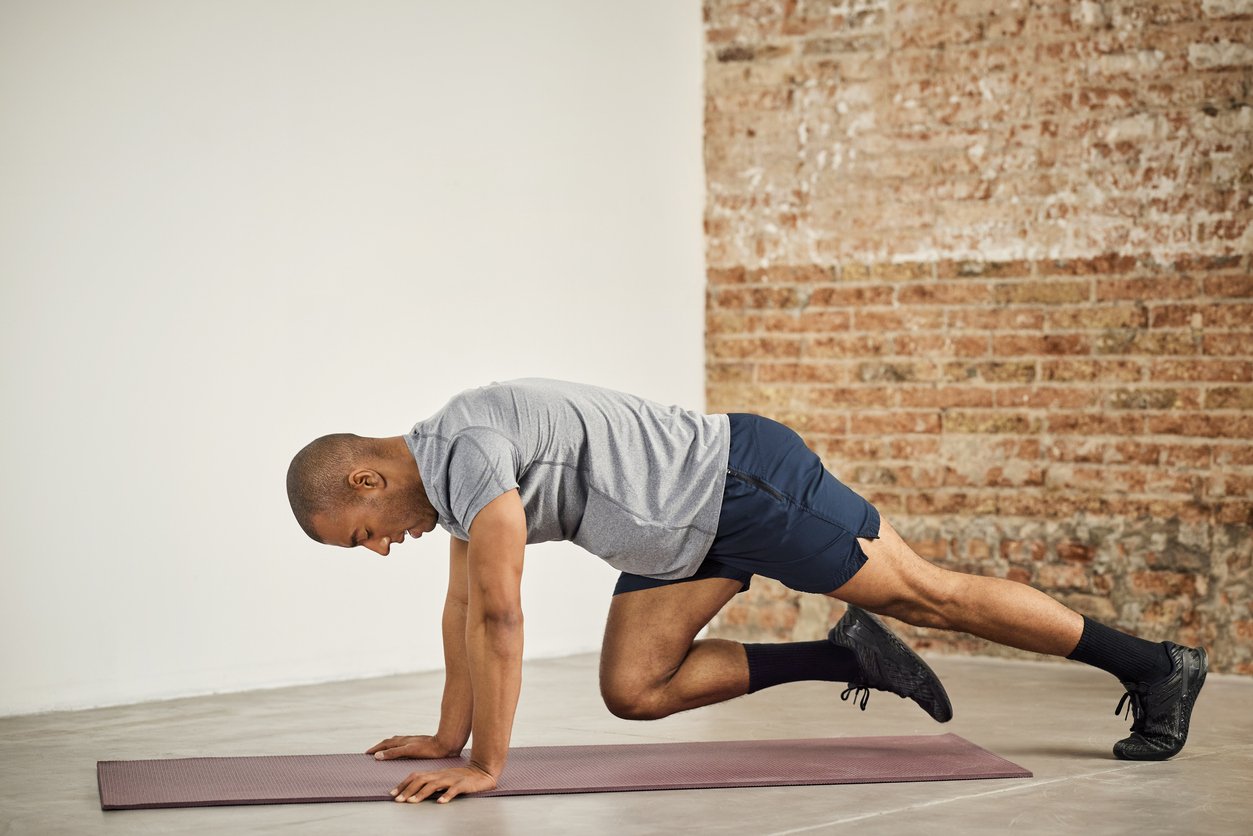American Urological Association 2021 meeting, 10-13 September 2021
Priscilla Lynch presents a round-up of the latest overactive bladder research presented at the 2021 American Urological Association meeting
Two new studies demonstrating the impact physical activity – whether through work, recreational or via an exercise app – has on improving urinary incontinence symptoms were presented during the 2021 AUA Annual Meeting.
Publication PD06-03 The association of physical activity and urinary incontinence in women: Results from a multi-year national survey Urinary incontinence is a significant source of morbidity among women. Studies have shown that regular physical activity can improve muscle strength and flexibility, yet there is little literature on whether physical activity may help strengthen the pelvic floor to improve incontinence. This study sought to examine the relationships between physical activity, both work and recreational, and urinary incontinence among women. A total of 30,213 women were included in analysis, of whom 23.15 per cent had stress incontinence, 23.16 per cent had urge incontinence, and 8.42 per cent had mixed incontinence.
Key findings:
• A statistically significant inverse association was found between the time spent performing moderate intensity activities (both leisure and work) and all three types of urinary incontinence.
• Moderate physical activity and a greater time spent participating in moderate physical activity are associated with a decreased likelihood of stress, urge, and mixed incontinence in women.
• This relationship holds for both recreational and work-related activity.
Publication MP52-18 Effectiveness of app-based yoga of immortals intervention in urinary incontinence
Yoga of Immortals (YOI) is a unique combination of specific yogic postures, breathing exercises, sound therapy, and meditation and is practiced by many for general wellbeing. This also targets pelvic floor muscles and focuses on the specific energy centres. The authors studied the effectiveness of YOI intervention in participants with urinary incontinence of all types.
Key findings:
• YOI intervention resulted in significant improvement in the mean scores of ICIQ-LUTS-QOL, ICIQ-UI-SF, frequency and severity of urinary leak, daily life activity and stress urinary incontinence.
• Majority of the participants felt ‘very much better’ at four weeks on PGl-scale. YOI may be an adjunctive treatment option in those inclined towards these practices.
• Being app-based, it has the added advantage of the ability to be used any time anywhere.
“These studies prove that there is a positive relationship between exercise and urinary incontinence,” Dr Anger said.













Leave a Reply
You must be logged in to post a comment.